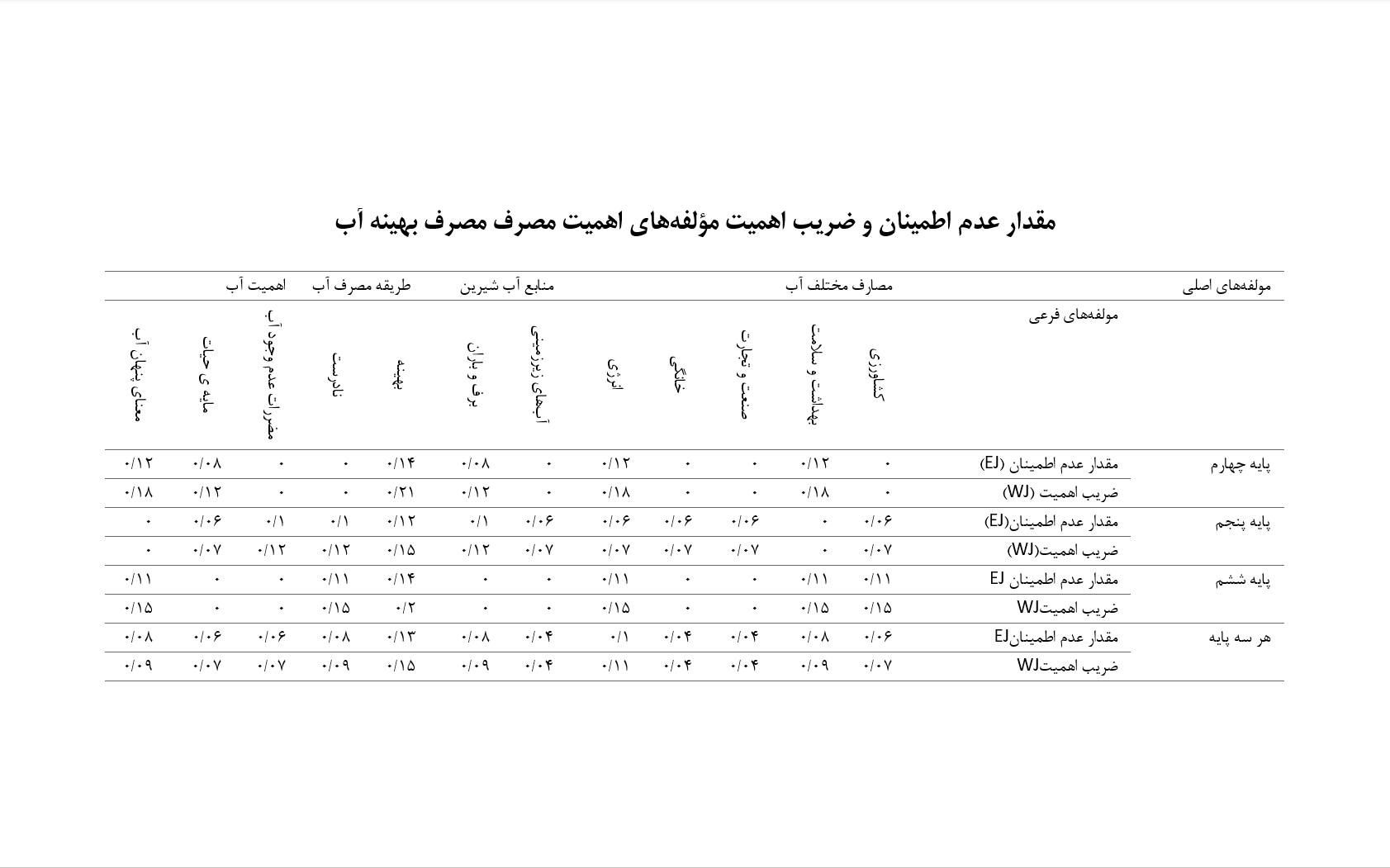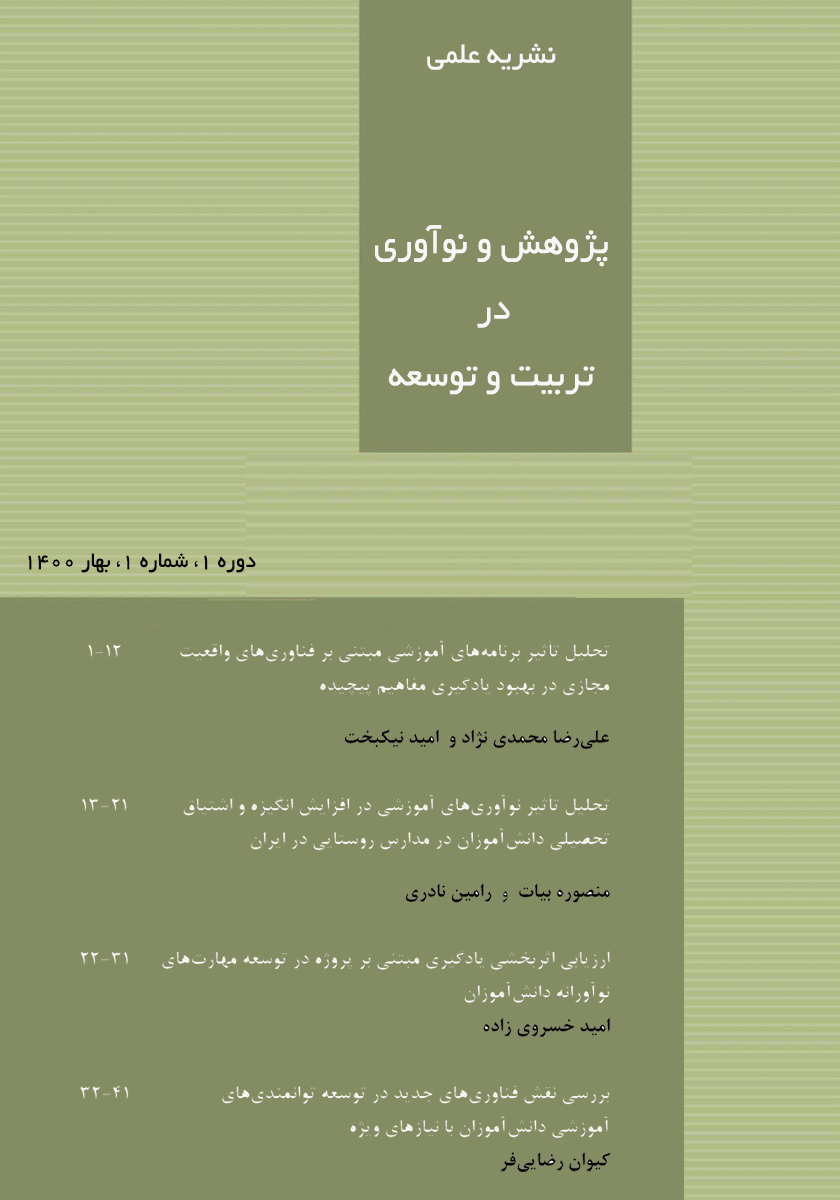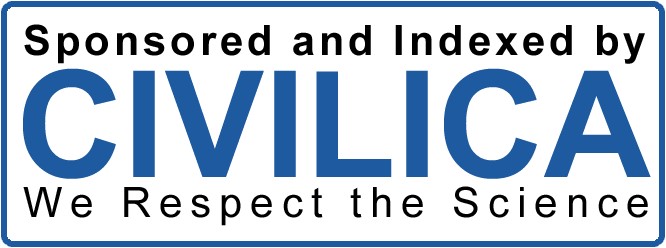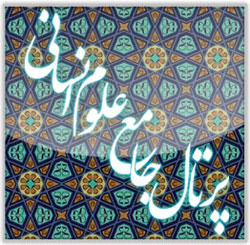Content Analysis of Elementary School Textbooks Based on the Components of "Importance and Optimal Water Use": Shannon Entropy Method
Keywords:
Education, Importance of Water, Content Analysis, Optimal Water UseAbstract
The objective of this study is to evaluate the current state of education on optimal water use in the curriculum of second-grade elementary school textbooks. To investigate this issue, a quantitative content analysis of a descriptive type was conducted using the "Shannon Entropy" statistical analysis method. The statistical population of this research includes all textbooks of the second elementary stage, totaling 24 textbooks. The sample size is equal to the population size, and the content of all second elementary school textbooks was analyzed. The face and content validity of the research was confirmed by five curriculum planning experts. The reliability of the research was estimated using the Kappa agreement coefficient. The research tool was a content analysis checklist. Overall, the research results consist of four main categories and twelve subcategories, leading to the conclusion that certain components related to the importance and optimal use of water have been given little or no attention in the content of second-grade elementary school textbooks. Additionally, there is a lack of balance in the content concerning the components of the importance and optimal use of water.
Downloads
References
Hadjichambis AC, Hadjichambi J, Cinčera P, Pauw N, Gericke N, Knippels M. Conceptualizing Environmental
Citizenship for 21st Century Education Environmental Discourses in Science Education2020.
Permanasari A, Setiabudi S, editors. Strengthen the student environmental literacy through education with low carbon
education teaching materials2018.
Veldkamp TIE, Ward P, de Moel H, Kummu M, Eisner S, Aerts J. Changing mechanism of global water scarcity
events: Impacts of socioeconomic changes and inter-annual hydro-climatic variability. Global Environmental Change.
;32:18-29. doi: 10.1016/j.gloenvcha.2015.02.011.
Mirzaei Khalil Abadi HR. The Role of Water Sector in the Economy of Kerman Province. Agricultural Economics
Research. 2015;4(2):69-82.
Michel D. Iran's Impending Water Crisis Water, Security and US Foreign Policy: Routledge; 2019. 168 p.
Kavyani H, Nasr N. Effective Factors on the Environmental Effectiveness of Education in Iran; Findings.
Interdisciplinary Journal of Humanities Studies. 2018;10(4):109-41.
Qaedi S, Afrasiabi P, Delbari M. Examining Different Managements of Mixing Freshwater and Saltwater on Sorghum
Performance and Salinity Distribution in Soil Profiles. Water and Irrigation Management. 2017;27:227-40.
Payne PG. Amnesia of the moment in environmental education. The Journal of Environmental Education.
;51(2):113-43. doi: 10.1080/00958964.2020.1726263.
Alkaher I, Gan D. The role of school partnerships in promoting education for sustainability and social capital. The
Journal of Environmental Education. 2020;51(6):416-33. doi: 10.1080/00958964.2020.1711499.
Waktola DK. Challenges and opportunities in mainstreaming environmental education into the curricula of teachers
colleges in Ethiopia. Environmental Education Research. 2009;5:589-605. doi: 10.1080/13504620903151024.
Parasteh Qambovani F, Haghighi FA-S, Ramin Azad SM. Descriptive-Inferential Analysis of the Content of 'Human
and Environment' Textbook from an Internal Perspective. Journal of Environmental Education and Sustainable Development.
;8(2):44-60.
Yalmanci SG, Gözüm AIC. The study of whether receiving a pre-school education is a predictive factor in the attitudes
of high school students toward the environment according to their environmental ethics approach. International Electronic
Journal of Environmental Education. 2019;9(1):18-32.
Fouladi F. The Role of Elementary Courses in Environmental Conservation and the Importance of Appropriate
Education in This Area. Urmazd Research Journal. 2021(54):325-45.
Mehrbani V. Density and Educational Quality of Students in Tehran: A Case Study of Fourth-Grade Elementary
School. Quarterly Journal of Education and Training. 2018;34(3):55-82.
Lahijaniyan Aa-M. Education and Public Participation in Environmental Management: Publications of the Islamic
Azad University, Sciences and Research Unit; 2019. 324 p.
Kalahai M. Administrative Organizational Structures Toward Environmental Policy. Quarterly Journal of Macro and
Strategic Policies. 2021;8(31):510-34.
Manouchehri Zadeh E. Examining and Comparing Main Components of Environmental Education in Primary Science
Textbooks. Quarterly Journal of Educational Sciences and Counseling. 2019;10(5):129-47.
Varela-Candamio L, Novo-Corti I, García-Álvarez MT. The importance of environmental education in the
determinants of green behavior: A meta-analysis approach. Journal of Cleaner Production. 2018;170:1565-78. doi:
1016/j.jclepro.2017.09.214.
Majnoonian H. Protected Areas: Fundamentals and Protection Measures for Parks and Areas in Iran and Worldwide.
Tehran: Dinaghar Publications; 2014.
Dehghan H, Pourreza Karim Sara N. Socialization of Water in Textbooks: Content Analysis of Water in Social Studies
Textbooks. Social Sciences Quarterly. 2016(77).
Dehghan H, Pourreza Karim Sara N. Factors Affecting Water Consumption Per Capita of Tehran Families: SocioCultural Strategies. Social Sciences Quarterly. 2017;5(19).
Daniel J. High school curriculum of water conservation: California Polytechnic State University; 2014.
Senmay K, Bayu G, Sumantri M, editors. Effectiveness Quantum Teaching Model in Elementary School Students'
Civics Learning2020.
Yarpour AH, editor Community-Based Nutrition Education in Elementary Schools of Bam. 9th Congress of Nutrition;
Wilson C. Effective approaches to connect children with nature: Publishing Team; 2014.
Hamidizadeh K, Farrokhi A. Content Analysis of Elementary Social Studies Textbooks Based on Environmental
Component Attention. Research in Social Studies Education. 2021;3(1):46-65.
Hemmati Z, Shabiri SM. Examining the Status of Environmental Education in Iran and Comparing It with Other
Countries. Journal of Humanity and Environment. 2016;14(2):12-33.
Fathi Vajargah K, Mohammadi M. Presenting an Interdisciplinary Model in Designing Curriculum Programs.
Quarterly Journal of Interdisciplinary Studies in Humanities. 2009;2(4).
Fathi Vajargah K, Shafii N. Evaluating the Quality of University Curricula (Case Study: Adult Education Curriculum).
Quarterly Journal of Curriculum Studies. 2008;2(5).
Hashemzadeh T, Khanjar Khani M, Heydarzadegan A. Examining the Impact of Curriculum Integration Approach on
the Academic Achievement of Female Fourth-Grade Students in the Khansar City. Quarterly Journal of Educational and
Psychological Studies. 2019(33).
Sammel A, McMartin D, Arbuthnott K. Education agendas and resistance with the teaching and learning of freshwater
and extreme freshwater events. Australian Journal of Environmental Education. 2018;34(1):18-32. doi: 10.1017/aee.2018.10.
Perry C, Steduto P. Does improved irrigation technology save water? A review of the evidence. FAO. 2017. doi:
13140/RG.2.2.35540.81280.
Suter N. The factor proportions theory: The n-factor case. Kyklos. 2017;21(4):749-56. doi: 10.1111/j.1467-
1968.tb00141.x.
Kadkhodai M, Jafarzadeh MR, Abbasi A. Ranking Methods of Household Water Conservation Culture in
Metropolises Using an Integrated Model. Journal of Water and Wastewater. 2020;32(1):27-40.
Rugg-Gunn A, Zohouri FV, Fletcher ES, Hackett AF, Moynihan PJ, Mathers JC. Changes in water intake of
Northumbrian adolescents from 1980 to 2004. British Dental Journal. 2004;196(13):547-52. doi: 10.1038/sj.bdj.4811226.
Kaddoura S, El Khatib S. Review of Water-energy-food Nexus tools to improve the nexus modeling approach for
integrated policy making. Environmental Science & Policy. 2017:114-21. doi: 10.1016/j.envsci.2017.07.007.
Mahmoudi C, Sharifi M, Zarei P. Content Analysis of Persian Textbooks for Elementary School from the Perspective
of Environmental Elements. Environmental Science and Technology. 2022;24(2):221-8.
Khazaei Ali Abadi F. Approach of Elementary School Textbooks to 'Water': Farhangian University; 2018.
Abedini Belturk M, Safar Heidari H. Examining the Attention to Environmental Crises in the Content of Elementary
Textbooks. Journal of Environmental Education and Sustainability. 2020;9(4):60-97.
Khamoushi Bidgoli S, Mazaheri H. Examining the Attention to Environmental Components in Elementary School
Textbooks. Curriculum Studies Journal. 2019(55):177-200.
Mohammadi M. Content Analysis of Second-Grade Science Textbooks in Terms of Attention to Environmental
Components. Journal of Research in Science Education. 2022;1(4).
Rezaiyan F, Hoseini M, Mirzaei H, editors. Examining the Attention to Environmental Components in the Curriculum
of Elementary Social Studies in Iran. Fifth National Conference on New Research in Curriculum Planning in Iran; 2019.
Zolfaghari M. Impact of Formal Education on Changing Environmental Behaviors (Case Study: Optimal Use of
Water). Research in Social Studies Education. 2020;2(2).

Downloads
Published
Submitted
Revised
Accepted
Issue
Section
License
Copyright (c) 2024 Journal of Study and Innovation in Education and Development

This work is licensed under a Creative Commons Attribution-NonCommercial 4.0 International License.










